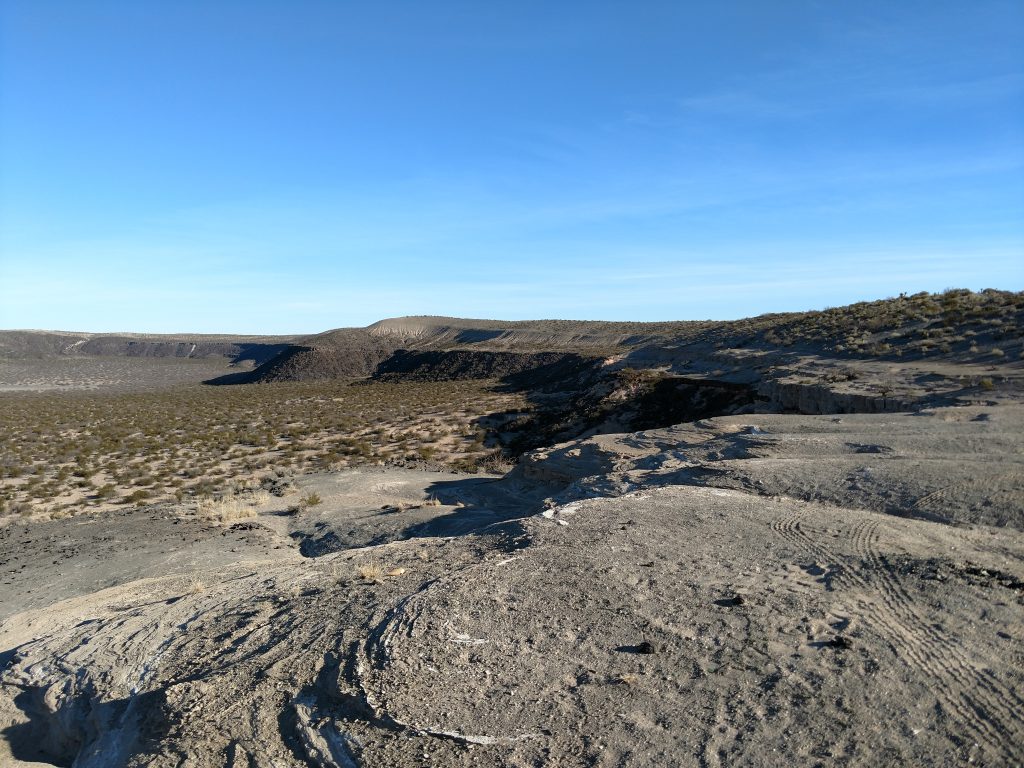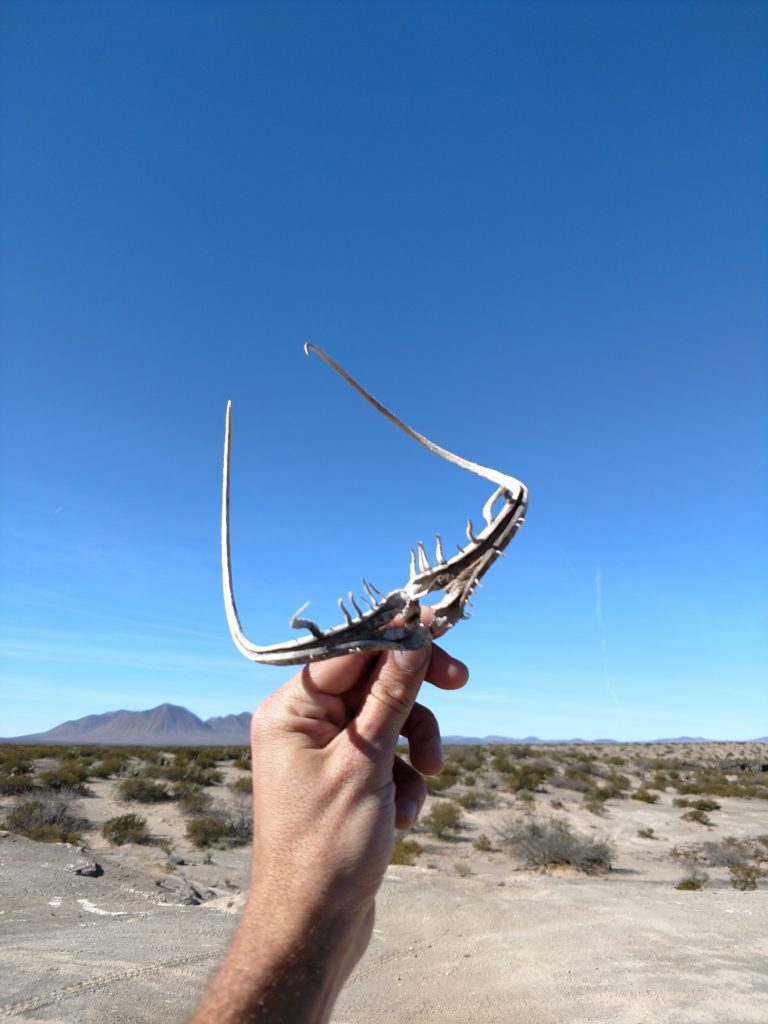
On my great trip across the Southwest, I finally turned west and made my way back home. But I still had a full week to get there so I took my time with a bunch of perennial sights on my bucket list. The first of these was the Kilbourne Hole in New Mexico.
The Kilbourne Hole; A Flat Volcano!
If you've ever flown west from El Paso International Airport, you've likely noticed two large craters in extreme southeastern New Mexico. On this incredibly flat expanse of desert, the Kilbourne Hole and Hunts Hole spark curiosity. Most assume they are prehistoric impact craters from some meteorite. The fact is, they are volcanic in origin. The current idea behind their formation is the process of rising magma superheating groundwater. Eventually the pressure and steam explodes catastrophically, leaving behind "craters" hundreds of feet deep. Unlike you're classic conical volcano, you get these two rare rims without the altitude.

Getting to Kilbourn and Hunts Holes
Getting there is definitely half the fun for these two rare formations. Most approach from the West Side of El Paso. Directions are rather confusing to describe so I've provided a map below.
There's a few cautions on this route. First of all, it is mostly on unmarked but well established dirt roads. High clearance is not necessarily needed but it helps get closest to the rims. Obviously there's very little cell phone reception in this area. In the winter, heavy rains make the roads all but impassable to casual drivers. Finally, in the summer its extremely hot and its highly unlikely you'll run into any help; be prepared!

Hiking and Sightseeing around Kilbourne Hole
I visited the larger of the two formations but many visit both Kilbourne and Hunts Hole. Its possible to hike to the bottom of both holes as well as circumnavigate them. If you don't want to be on your feet, there's a poorly maintained dirt road around Kilbourne Hole only for prepared 4x4 drivers.
The rim of Kilbourne Hole is fairly dark and volcanic but keep an eye out for two gems. The first is the emerald color peridot which is a precious stone. Though I doubt any gemstone quality peridot still exist here, they're still brilliant finds.
Upon the rim, I found many examples of Devils Claw which is a curiously shaped seedpod reminiscent of an Elephant's tusks.

Parts of the rim have fantastic views of Dona Ana County, the Franklin Mountains and the expansive Chihuahuan Desert of the borderlands. I love the serrated profile of the Franklins- I've hiked them many times and never been disappointed!

I hiked to the bottom of the Kilbourne hole, finding my way down by scrambling and following some herd paths. From a distance, the bottom looked swampy and perhaps water filled but I discovered only a sandy basin. Maybe not worth the effort but at least I can say I did it.
Overall, the Kilbourne Hole and it's sibling Hunts Hole are geological oddities that appeal most to folks like me- casual rockhounds with a fascination of natural history. Outside of that, people find find them a little drab. But in my quest across the Southwest, I'm glad I spent the time getting out there. Plus I later hiked Cox Peak which sees less than a dozen visitors a year.





No Comments